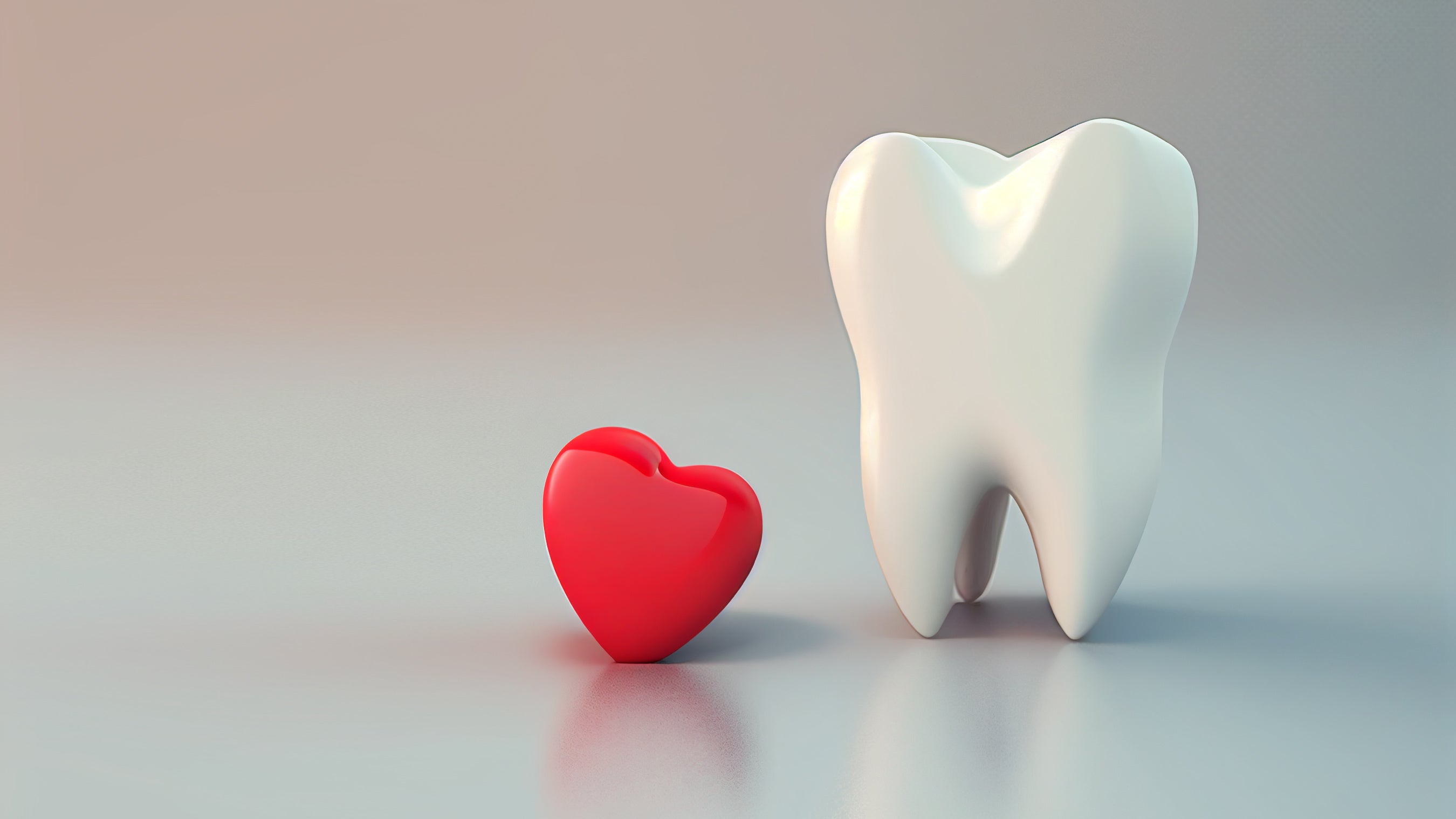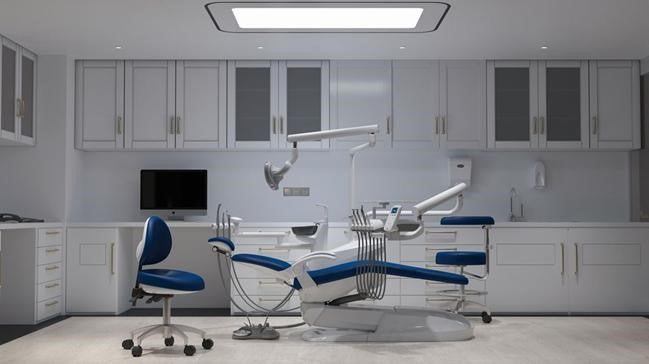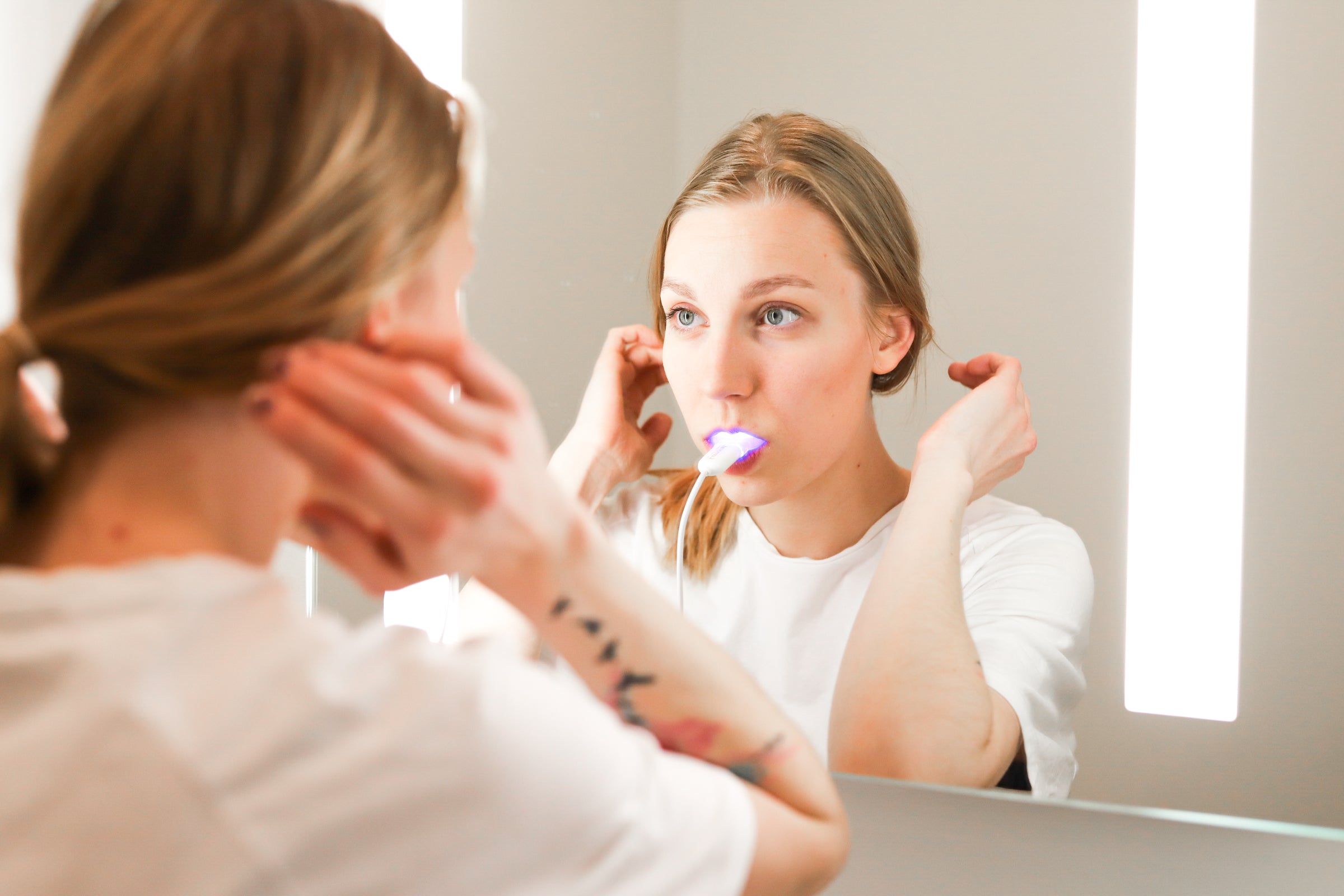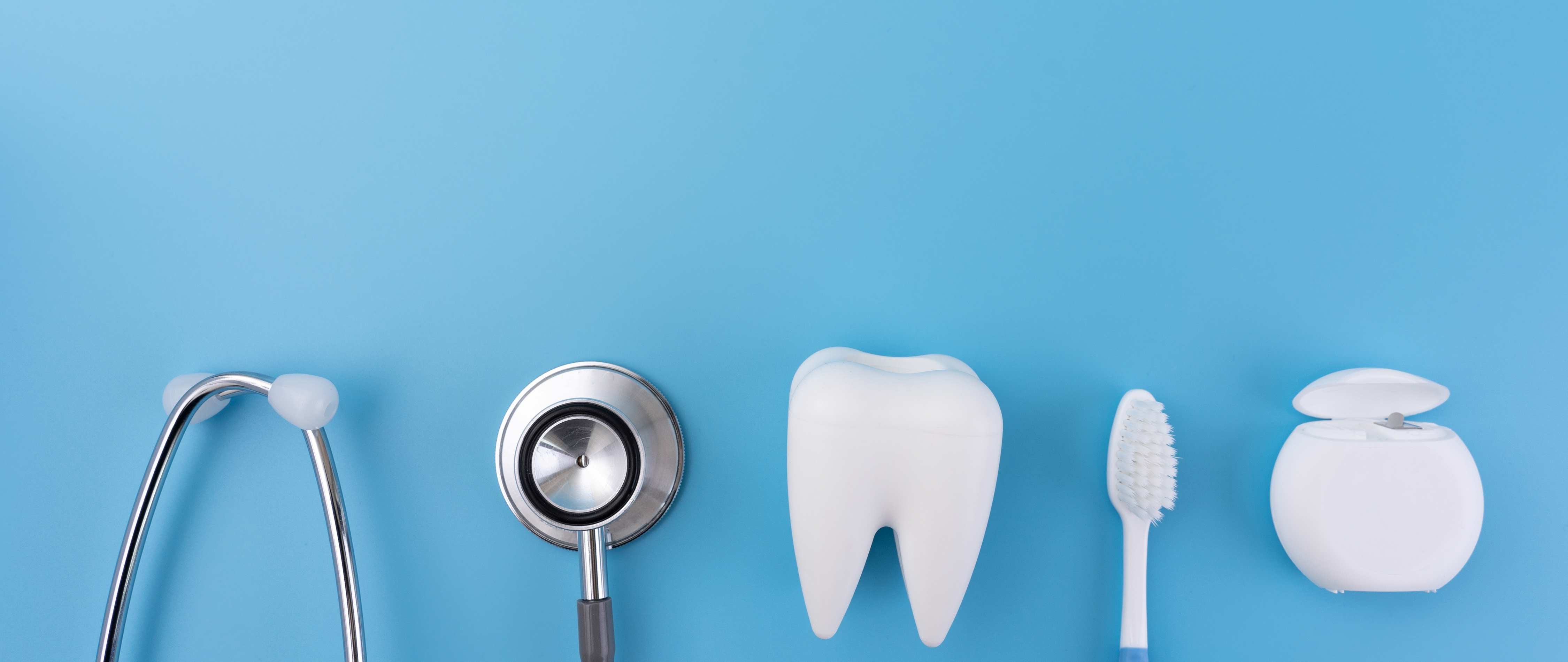- All posts
- 8 Media Venture
- althetics
- aMMP8
- Annimari Korte
- Antibiotic resistance
- Apotek Härtat
- Aqua Dental
- athlete
- Award
- Baltics
- Bonnier
- Bonnier News
- Brain health
- Business
- Cancer
- cardiovascular disease
- caries
- Chemo therapy
- children
- collaboration agreement
- Croatia
- Denmark
- Denta
- Dental erosion
- Dentex
- diabetes
- Dual Light
- Duodecim
- EFP
- EFR
- Estonia
- EuroPerio
- event
- Expodental
- FIBO
- fund raising
- general health
- Gingivitis
- Gum disease
- HAP
- HealthHub Pharma
- HIDES
- Hospital infections
- hospital-acquired pneumonia
- IBD
- Iceland
- IDS COLOGNE
- implantology
- invest
- investment
- italy
- Koite Health
- Latvia
- Lithuania
- lumoral
- Lumoral App
- Lumoral Junior
- Maritime industry
- Media
- MegaGen
- Movie
- News
- Nordic markets
- Nordics
- O
- Olympics
- Oral health
- Oral hygiene
- Oral mucositis
- Patent
- PDT
- peri-implantitis
- Perio Master Clinic
- Periodontitis
- periodontology
- Photodynamic therapy
- Press
- Ranking
- Romania
- Scandinavian Society of Periodontology
- Science
- Seafarer
- Seedtable
- share issue
- Shareissue
- Siblings movie
- Spain
- spots
- Stroke
- Study
- sweden
- Tartar
- techtour
- Thailand
- UK
- United States
- Valentine's Day
- WHO
- World Cancer Day
- World Health Day
- World Heart Day
- world oral health day
- World Smile Day

Smile bright on World Smile Day: Tips for a healthier and happier mouth
Maintaining good oral health is essential for overall well-being and a healthy smile. Oral hygiene is essential for good dental health. Certain foods can also help improve oral health by promoting ...

World Heart Day, launched by the World Heart Federation (WHF), is celebrated each year on the 29th of September. The global event aims to raise awareness and encourage action for heart health. Card...

Finnish health technology company Koite Health Oy has signed a distribution agreement with Dental Warehouse Ltd. of the UK. Following the accord, Dental Warehouse will offer UK consumers and oral h...

Periodontitis, or severe gingivitis, is a common disease that is estimated to affect about 20-50% of the global population – often without any symptoms at all. Now, for the first time, a Finnish st...

World Health Day highlights the need for oral health-related knowledge of health professionals
The link between oral and general health is widely understood, but is this reflected in Finland's health care system and people's oral health? To mark World Health Day, Jukka Meurman, Professor Eme...

Finnish health technology group Koite Health showcased its Lumoral method at the Igienista Dentale 3.0 (Dental Hygienist 3.0) congress held in Italy, Rome, on March 4, 2023. At the Lumoral stand co...